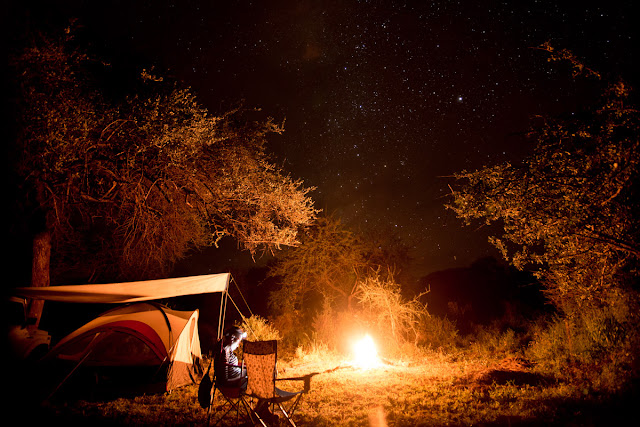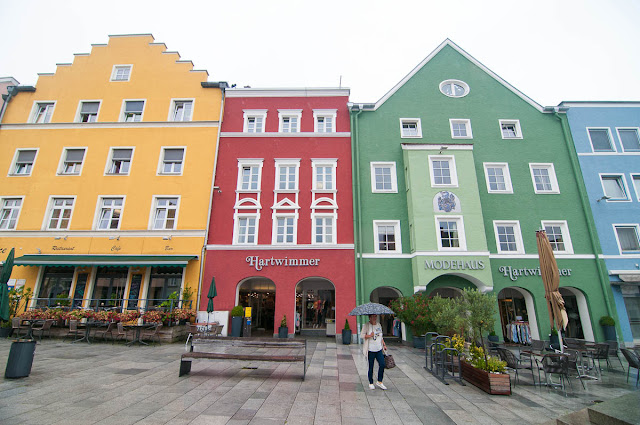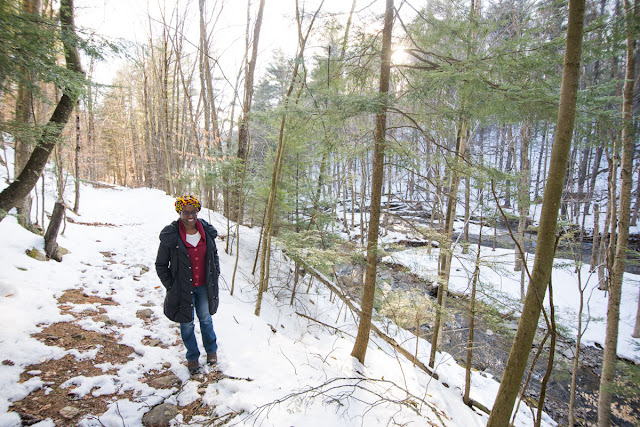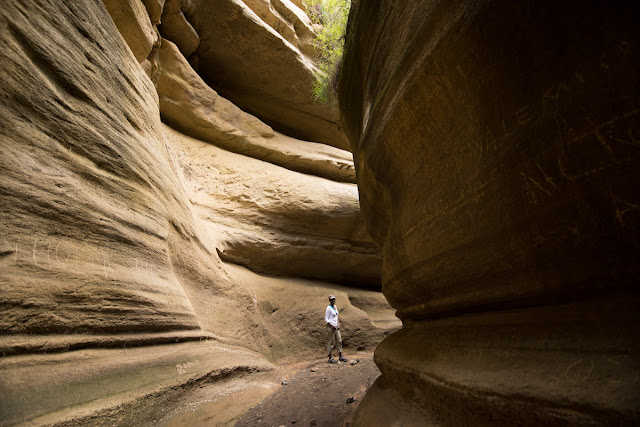Italy: All Roads Lead to Rome
I am really at a loss as to where to begin in describing Rome. There is soooo much history, so many photo ops, so much amazing food, spectacular architecture - the list goes on and on. So I apologize in advance for the scatter gun approach I think I will end up taking. Lets start with the iconic image of Rome - the Colosseum.
We were happy to be reunited with Suzie, who had gone off on her own adventure in Scandinavia (of which I would have been a lot more jealous if it weren't for the fact that we were having a good time in Prague and Vienna). She is looking as pleased as Punch because she just walked out of the Bialletti shop having scored an Italian espresso maker.
This situation happens often in Rome. You are on your way to a major touristy attraction, like the Colosseum. You are weaving in and out of little streets trying to find your way. You pop down another little alley and come across a beautiful old building, or a great view or some other hidden gem of a building. Like this huge church dating from the 16th century.
Or you might peep into an open doorway and see this rather fabulous courtyard, built in 1586. What grand thing could be hosted in this magnificent building, you ask? Just the state archives.
Happy Rome explorers:
Since the Muyas and ourselves were staying in two different spots, we would meet up at this metro stop called 'piramide'. There is a huge pyramid outside the stop that everyone ignores. One day we walked around the back to see what it was all about. Turns out it was built in 12BCE. 12BCE! It has been standing here for 2,000 years as Rome calmly, and sometimes riotously flowed around it. No wild signs, Ripleys Believe it or Not museum, nobody selling tiny little replica pyramids. Just a lovely coffee shop outside where we could grab a $1 cappuccino and sometimes a chocolate croissant. Some believe that the pyramid was modeled on the pyramids of Meroe in Sudan, because of the unusually steep sides. Because of the timing, it could be that Cestius, in whose honor it was built, actually was in Meroe and this was a tribute to the Romans campaign there in 23BCE.
Round the back of the pyramid, is the 'protestant cemetary.' Its a lovely and quiet garden with some surprisingly famous people buried there. The English poet John Keats, who died of tuberculosis at age 25, is buried here under a stone that bears no name. It is right next to his friend Percy Shelley, who drowned in a boating accident and whose body was found with a book of Keats' poetry in his pocket. And if the name sounds familiar, his widow Mary Shelley was the author of 'Frankenstein.'
The city of Rome sits on the Tiber river, across which there are several bridges. Trees line the banks, and there are lots of stairs going down to the river bank. It is such a lovely place to walk along. One of the bridges is the ancient ponte sant'Angelo, the picturesque bridge that leads to the the Castel sant'Angelo, or Castle of the Holy Angel.
One of the historic points on the river is the mausoleum of Hadrian. It was initially erected around 139CE by Hadrian as a family mausoleum, but over the years became a fort: Castel sant'Angelo.
The popes converted it to be used as a military fortification, and added a tunnel to St. Peters basilica. Oh, and they also used it as a prison.
It's an interesting feeling to walk on a bridge that is almost 2,000 years old, and imagine all the feet that may have passed over it from Roman soldiers in their battle sandals, to emperors like Julius Caesar, to early Christians.
Walking the narrow streets of Rome is one of my life pleasures. Each doorway and wall and cobblestone street seems to have a story.
Who lives in this grand looking house? Wouldn't this be a great doorway to have to your parking garage?
Eventually we came to our destination: the Colosseum. I will never forget my first sighting of the Colosseum. We were here in Rome in 2002 with Anto and we were late. It was like 11:57pm and we were running through the streets to catch the last metro back home, which left at midnight. We popped out of a side street, did cartoon skids on the pavement before making an abrupt turn and plunging into a dark staircase that would take us to the metro platform. In the few seconds we were on the street we looked up and saw the Colosseum in all its glory, beautifully lit up with lots of couples (who apparently had other forms of transport than the midnight metro) sitting on the grass and enjoying the view.
This time we came upon it in the light of day, with our trusty and lovely guides Gianluigi and Carla, who are as sweet and lovely as they look in this picture. The Colosseum was so named because of the colossal statue that Nero built of himself next to it. The statue would have reached almost to the top of the Colosseum itself. Incidentally, Nero really was a horrible person. The whole area where the Colosseum stands was densely populated until the fire of Rome (that he started) and subsequently blamed on the early Christians, allowed him to take this land for his own grandiose palace.
The colosseum was started around 70CE and has a clear link to bible history. Much of the labor force and funding was from the destruction of Jerusalem in 70CE. It was completed by 80CE by Vespasian's son Titus (who of course was the general who overthrew Jerusalem). It could hold between 50,000 and 80,000 people, similar to the largest of modern sports stadiums. It was used for violent gladiatorial games and mock display battles, though there seems to be no proof that early Christians were killed there (more likely it was at the Circus Maximus, more on which later).
Sitting right next to the colosseum, is the imposing arch of Constantine, dating to 312CE (relatively young by Roman standards). It spans the Via Triumphalis, the road that emperors would take into the city after conquering a foreign land. Its artwork is a bit confused because evidently they reused a lot of older artwork in the design. The Romans did this a lot and many a statue had it's head lopped off and a new head installed after the ascension the throne of a new emperor.
Rome has a lot of stuff to see, so lets not dally - onwards to our next attraction!



















